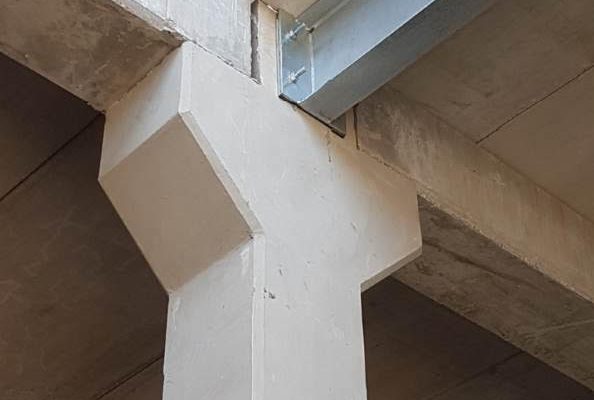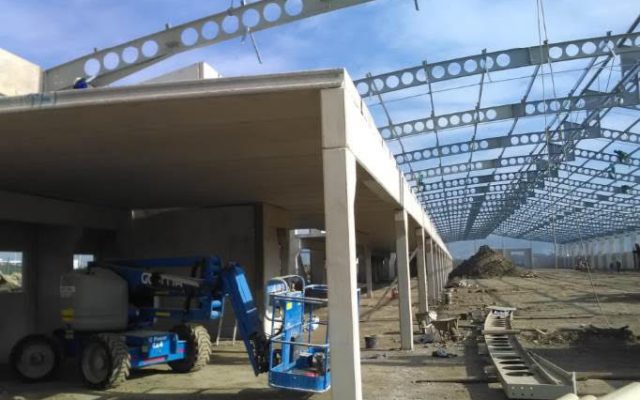

Precast concrete is a construction method that involves casting concrete into a pre-made mold, or “form,” in a controlled environment, such as a factory or warehouse. The precast concrete elements are then transported to the construction site and assembled into a finished building.
One of the main benefits of using precast concrete for large scale buildings is that it can significantly speed up the construction process. Because the elements are cast and finished in a controlled environment, they are less likely to be affected by weather delays or other site-related issues. Additionally, precast concrete elements can be produced in large quantities, allowing for a more efficient use of resources and labour.
Precast concrete is also highly durable and resistant to fire, which makes it an ideal choice for large scale buildings, such as high-rise buildings, hospitals, and other structures that require a high level of safety. Furthermore, precast concrete is highly customizable, which allows architects and designers to create unique and visually striking buildings.
Another advantage of precast concrete is that it is a sustainable building material. Precast concrete can be made with recycled materials, and it has a long lifespan, which reduces the need for frequent repairs and replacements. Additionally, precast concrete buildings have a smaller carbon footprint than those made from other materials, such as steel or wood.
In conclusion, precast concrete is an excellent choice for large scale buildings due to its speed, durability, and sustainability. It is a versatile material that can be used to create a wide range of unique and visually striking buildings, and it can be made with recycled materials, making it a sustainable building option.
Precast concrete is a popular choice for building multi-story structures due to its strength, durability, and ability to be produced in large quantities. In multi-story buildings, precast concrete is often used for load-bearing elements such as walls, columns, and beams.
One of the main advantages of using precast concrete for multi-story buildings is its speed of construction. Precast concrete elements can be manufactured off-site in a controlled environment, and then transported to the construction site for assembly. This allows for a faster construction process, as well as reduced labour costs. Additionally, the use of precast concrete can help to minimize weather-related delays and improve overall construction schedules.
Precast concrete also offers high levels of safety and durability for multi-story buildings. The elements are cast in formwork and then cured in a controlled environment, resulting in a consistent and high-quality product. Precast concrete is also highly fire-resistant, which is a key consideration for multi-story buildings.
Another advantage of precast concrete is its ability to be customized to suit the design of the building. Precast concrete can be cast into a variety of shapes and sizes, and can be finished in a variety of ways, such as paint, stucco or even exposed aggregate. This allows architects and designers to create unique and visually striking multi-story buildings.
Precast concrete also offers sustainability benefits. Precast concrete can be made with recycled materials, and it has a long lifespan, which reduces the need for frequent repairs and replacements. Additionally, precast concrete buildings have a smaller carbon footprint than those made from other materials, such as steel or wood.
In summary, Precast concrete is an ideal choice for multi-story buildings due to its strength, durability, speed of construction, fire resistance, and customization options. Precast concrete can be made with recycled materials and has a long lifespan, making it a sustainable building option.
